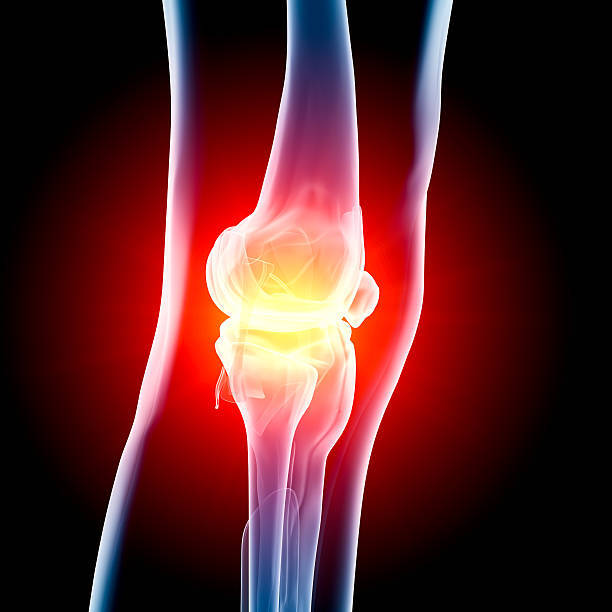
Blood and urine biomarkers for the diagnosis of early stages of knee osteoarthritis: A systematic review
01/08/2024
Ostojic M, Oliveira JP, Kordic D, Mouton C, Prill R, Becker R. Blood and urine biomarkers for the diagnosis of early stages of knee osteoarthritis: A systematic review. J Exp Orthop. 2024 Jul 29;11(3):e12105. doi: 10.1002/jeo2.12105. PMID: 39076848; PMCID: PMC11284962.
Purpose
To identify biomarkers in human blood or urine at an early stage of knee osteoarthritis (OA) and to elucidate if any can accurately differentiate between healthy controls and early knee OA patients and be considered as a candidate for widespread clinical use for early diagnosis of the disease.
Methods
Medline, Embase and Web of Science were screened to identify comparative studies measuring differences in blood or urine biomarkers between healthy controls and knee OA patients at an early stage (grade 1 or 2 Kellgren–Laurence). Two independent reviewers screened the abstracts for eligibility, reviewed the full texts, assessed the methodological quality and extracted the data. The Joanna Briggs Institute critical appraisal tool for diagnostic test accuracy studies was used to assess the quality of the included studies. Due to relevant heterogeneity, meta‐analysis was not appropriate.
Results
Five studies met the eligibility criteria. The examined biomarkers were adropin, collagen type II metabolite, C‐terminal cross‐linked telopeptide of type II collagen, C‐terminal cross‐linked telopeptide of type I collagen, cartilage oligomeric matrix protein, matrix metalloproteinase 3, N‐terminal propeptide of procollagen type IIA, type I procollagen N‐terminal propeptides, N‐terminal osteocalcin, angiopoietin‐2, follistatin, granulocyte colony‐stimulating factor, hepatocyte growth factor, interleukin‐8, leptin, platelet‐derived growth factor‐BB, platelet endothelial cell adhesion molecule‐1, vascular endothelial growth factor and calprotectin and totalling 19 biomarkers. All of the biomarkers were studied only once in the selected papers.
Conclusions
There is no reliable biomarker available to differentiate between early knee OA in patients and healthy controls, but a potential role of a cluster of biomarkers to close this gap. There are several limitations, including inappropriate study designs, small sample sizes, nonconsecutive patient groups and inadequate statistical methods for evaluating biomarker performance in studies included.
Link to the article: https://www.ncbi.nlm.nih.gov/pmc/articles/PMC11284962/
